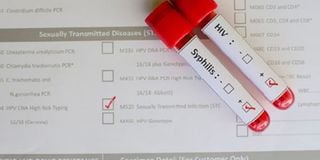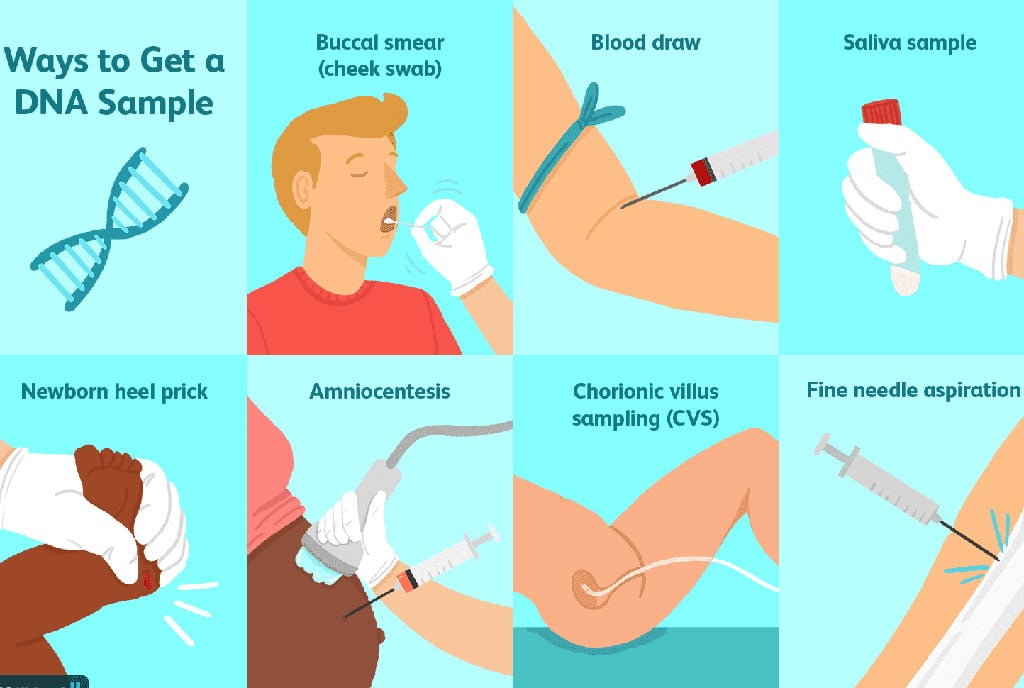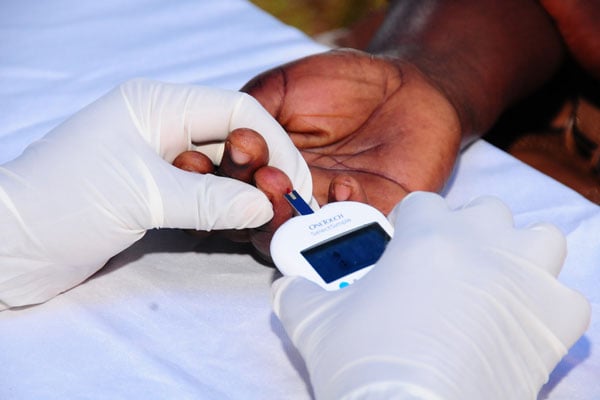Prime
Here is why you may get false positive results

What you need to know:
- A false positive can lead to a misdiagnosis which can have serious consequences on a person's health, delay recovery and sometimes call for harmful or even fatal treatment.
John tested positive for human immunodeficiency virus (HIV) but when he went to another place for a second opinion, he was negative. A third opinion after sometime was negative also. The positive result at first can be traumatising but there are reasons to explain this.
A false positive is an error in which a test result incorrectly indicates the presence of a condition such as a disease when the disease is not present.
According to research, misdiagnosis that is not corrected can lead to unnecessary and potentially harmful treatments, physical and emotional pain, increased costs and even loss of life.
What can cause a false positive?
Dr Andrew Kazibwe, the head of medical services at The Aids Support Organisation (TASO) Uganda, defines a false positive as a "positive" test in the absence of actual "disease" of interest.
To qualify the first test as a false positive, there is need for proof that the subsequent tests were indeed "true negatives".
“A false positive HIV test occurs in the event that the individual is HIV negative but the test suggests a positive result. This could be becasue of the test kit used, the methods and specimen used, the tester reading wrong results or due to cross-reactivity in the case of antibody-based tests,” he says.
An expired test kit or one that has not been stored in the right temperature and humidity conditions can give wrong test results.
A false positive result may also arise if the tester uses the wrong buffer or a different specimen from that recommended by the manufacturer and regulatory authorities.
The tester could have misread the initial test result since interpretation of results depends on visualisation of linear bands of colour that may not be correctly read by some individuals.
Since the majority of the test-kits on the market are based on detection of antibodies against HIV, antibodies to other microorganisms may cross-react with the markers on the test kit to give a false positive result.
“This has been documented among individuals co-infected with human lymphotropic virus (HTLV) and syphilis; and those who have a high antibody concentration from other chronic inflammatory disorders such as rheumatoid arthritis.”
Due to such risks, the World Health Organisation and Ministry of Health recommend a series of test kits to be used before an HIV positive status is confirmed - these have to be adhered to, to protect the public from the risk of false positive results.
A false negative is also possible
According to Dr Kazibwe, a false negative test result is also possible. Here, the test result incorrectly indicates the absence of a condition when it is actually present.
A false negative may also arise when the test kit used was poorly handled, the wrong buffer or specimen is used or the reader of the test result makes an error.
“In addition,” Dr Kazibwe says, “a false negative HIV self-test may result if an individual is still in the "window-period". This is a period between when one gets infected and when the infection can be detected in their body fluids. It takes the body between eight to 12 weeks to form adequate antibodies to HIV from the time of HIV infection.”
As such, when a person tests for HIV, using an antibody-based test, before the body has formed enough antibodies against HIV, they will get a negative result, yet, indeed they are already HIV infected.
Dr Kazibwe therefore advises that if you have been engaged in risky sexual behavior and your HIV test turns negative, you should go for another test after three months to confirm that you are free from the virus.
He says, “Individuals who are HIV positive and have been on effective antiretroviral therapy for a long time, can test negative on antibody-based tests because the HIV has hidden in other parts of the body, so the body is not actively forming enough detectable antibodies.”
Individuals with severe immune suppression due to Aids, malnutrition and some cancers may also have a false negative test due to very low antibody production.
The impact of a recent vaccination
One can also get a false positive from a recent vaccination but Dr Kazibwe remarks that this is not common but is scientifically possible and can result from the phenomenon of cross-reactivity explained earlier.
“The false positive can happen from cross reactivity because of the antibody based test yet most vaccinations stimulate the white blood cells to produce antibody responses against the germ that causes a vaccine-preventable disease.”
Individuals recovering from viral infections because their bodies have formed antibodies to this viral infection may have a cross-reaction with the markers on the test kit.
Researchers from Australia reported a rise in false positive HIV test results among Covid19 vaccinated individuals.
Counter-measures
There are specific guidelines on HIV testing by WHO and Ministry of Health that must be adhered to by all health workers.
“The quality of HIV test kits is tightly regulated by MoH and partners right from manufacture to importation, storage, distribution and use.”
A validation HIV test result is done for all individuals who test HIV positive, before antiretroviral therapy initiation. Individuals who test negative, but are at significant risk of HIV acquisition are advised to test again after a recommended period of time.
May-Lyton Namata is a lab technologist at Sinux Laboratories in Kyanja remarks that there is a gap in diagnosis and many people are treated clinically with mere physical examination and a little background study without doing a thorough diagnosis from the laboratory.
“Proper diagnosis depends on signs and symptoms, taking patient history. Thereafter, conclusive laboratory examinations are done on blood, stool, urine, semen or any other fluids in order to get the right diagnosis,” she says.
Control tests must be done with more than one type of test.
“When a person has symptoms of malaria, we use an RDT or blood slide, ask the patient to do a CBC test and urin which can show a drop in the components of blood. We can also do urinalysis to check for malaria,” she says.




